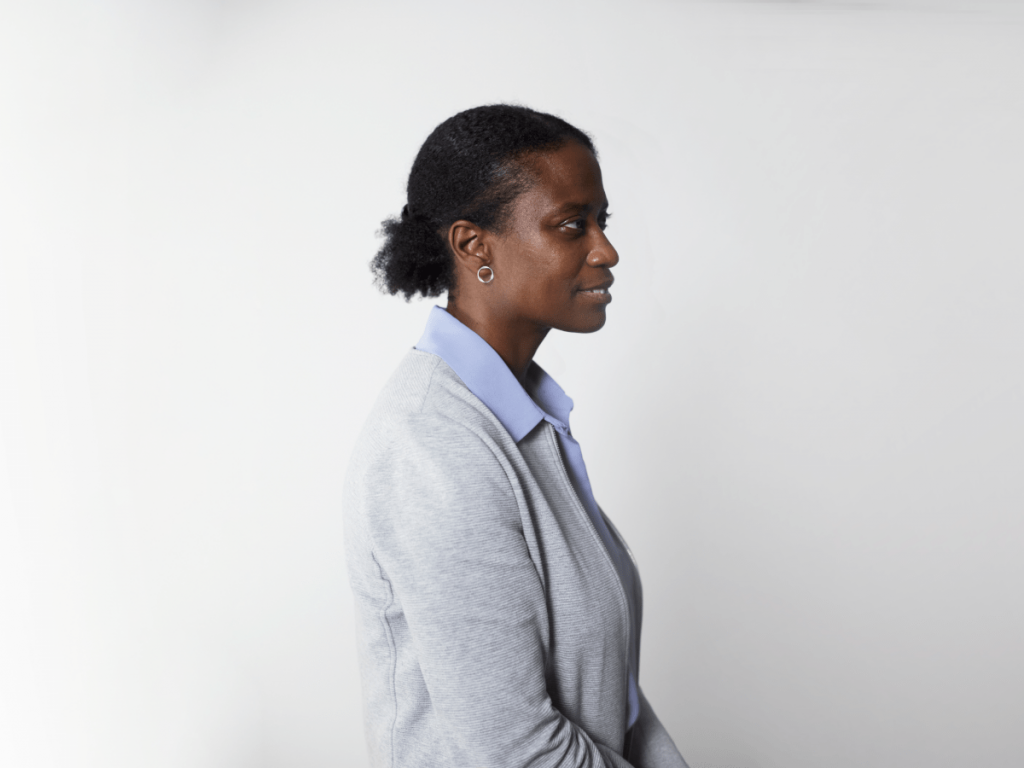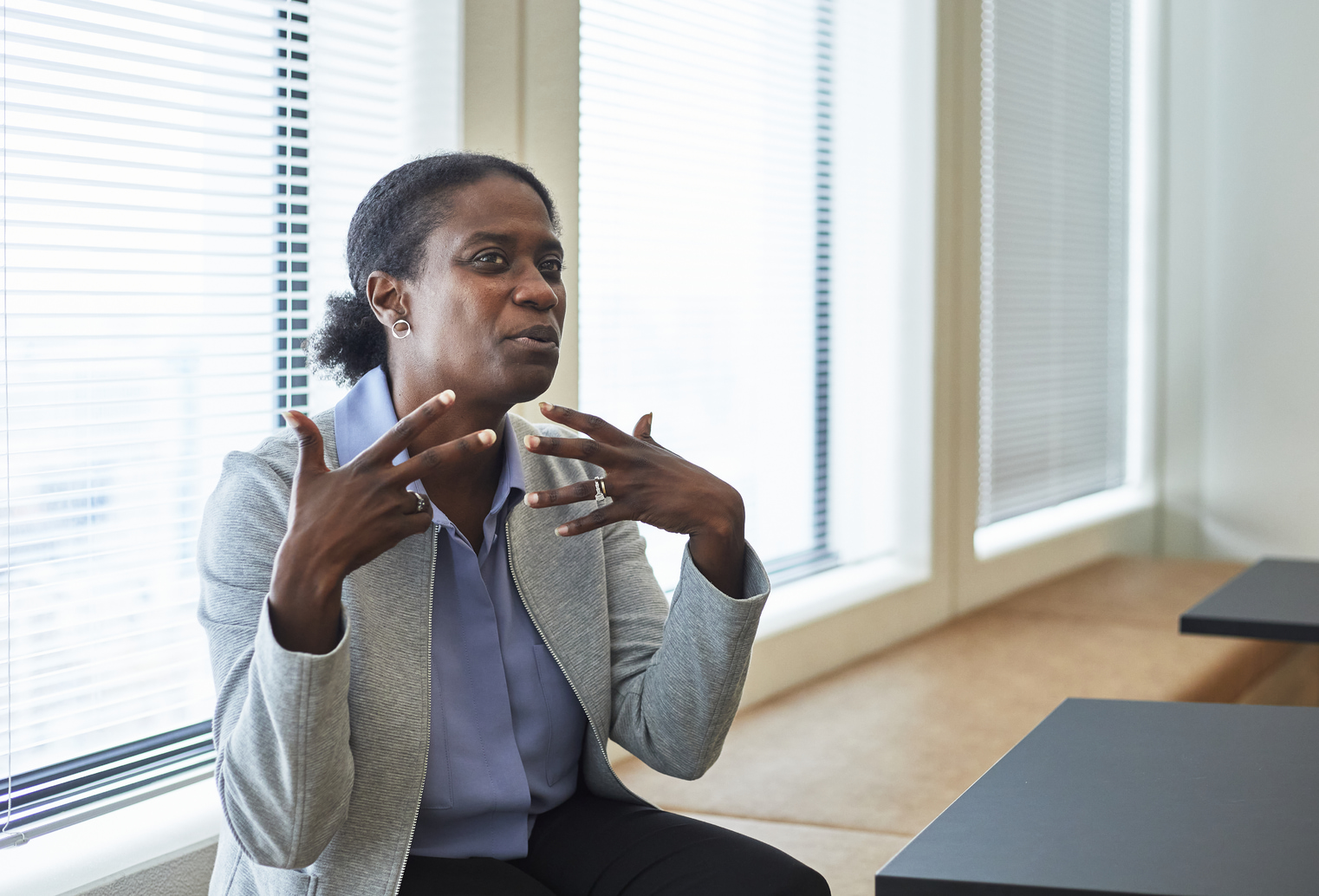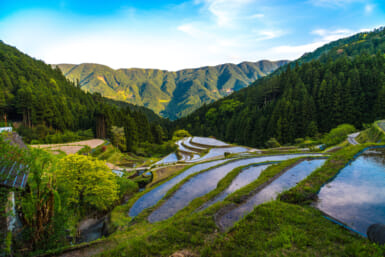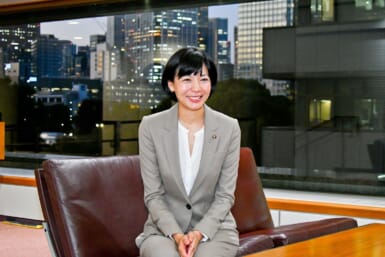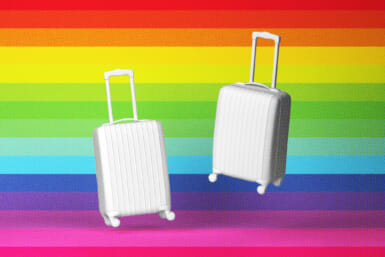What does the word “sustainability” mean to you? Perhaps its ridding the oceans of plastic, returning to a more pastoral lifestyle or adopting the in-vogue “climatarian” diet. You may want to reduce the global carbon footprint and ensure our coastal cities aren’t home to more fish than humans in the next few decades. Maybe it’s all of the above. Or has it lost meaning altogether?
As a branding tool and sleight-of-hand marketing ploy, “sustainability” has been so wantonly bandied around over the past decade it’s become vacuous; the usurper of actual concerted action. But at its core, the principles of sustainability are vital to the modern world.
For Trista Bridges, co-founder of the Tokyo-based business advisory coalition, Read the Air, sustainability is about “everything that we need in order to make society a liveable place over the long term,” she says. “A lot of the ways we work and live today are not really conducive to well-being, or to achieving a paradigm for sustainable living.”
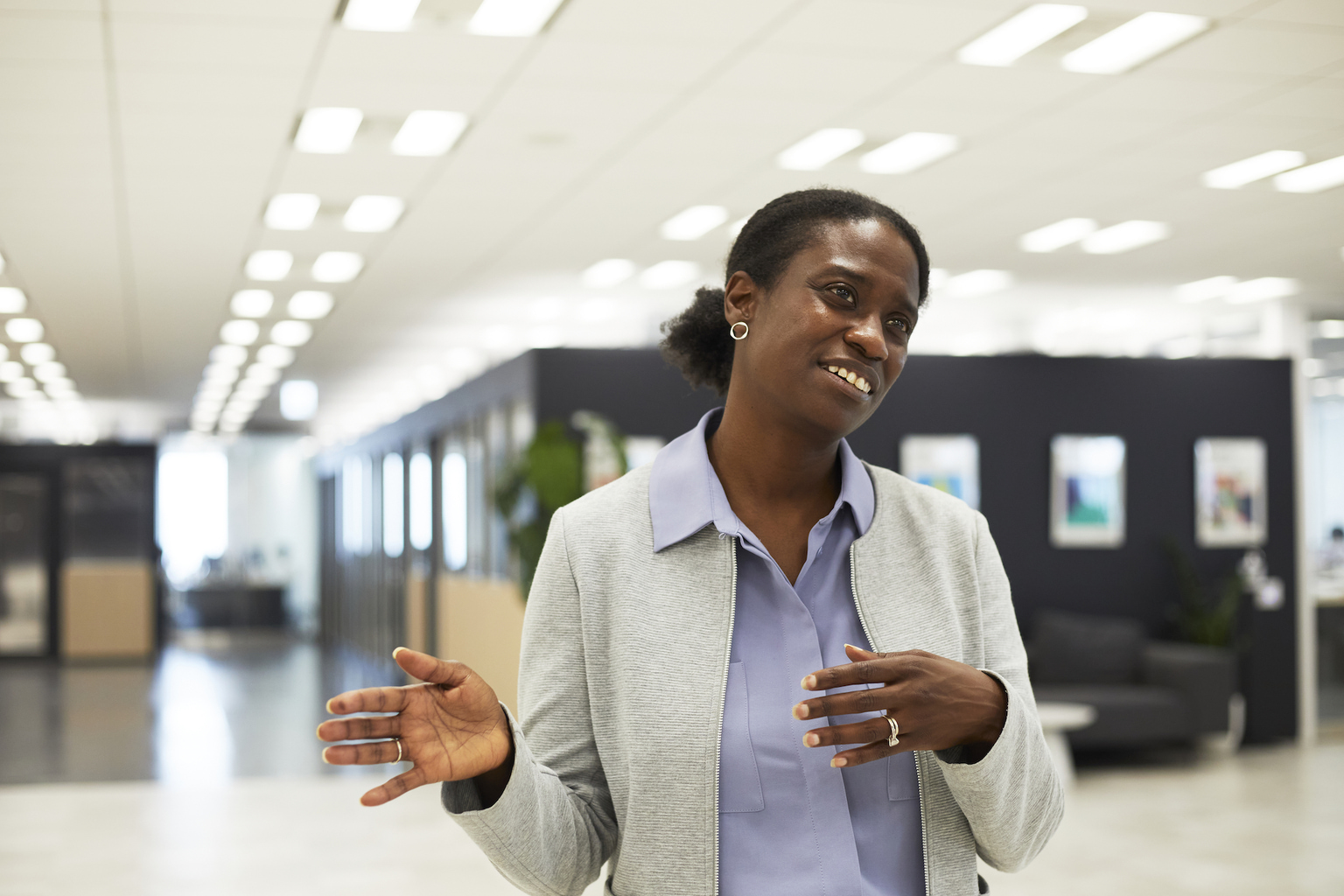
SDG Goals: More Than Stopping Climate Change
To attain this kind of utopian paradigm, in 2015 the United Nations formulated the 2030 Agenda for Sustainable Development, which outlined 17 Sustainable Development Goals, or SDGs. The SDGs were based upon four-plus decades of work, starting with the 1972 Stockholm Declaration, the first world conference to make the environment an important issue.
The 80-page document was further developed over the subsequent decades, most notably through the Millennium Development Goals (MDGs) set forth in 2000. Among these rather lofty objectives – which only applied to “developing” countries – were the eradication of extreme poverty, universal primary education and environmental sustainability by 2015. Does that sound like the world we lived in six years ago?
Understandably, the success of the MDGs was a “subject of considerable debate,” according to a report by the Local Governments for Sustainability network. In response, the SDGs were conceived and still serve as the blueprint for all member states to achieve “peace and prosperity for people and the planet.” The goals haven’t lost any of their ambition; they cover everything from battling climate change and the accessibility of clean water and sanitation to improved personal well-being and the all-encompassing reduction of inequalities.
But perhaps now there is a greater sense of balance to the goals: the definition of sustainability has “broadened” according to Bridges, going beyond environmental and human-rights concerns. Moreover, unlike the MDGs, the SDGs don’t represent the developed world imposing a plan on the less developed: it’s a mutually agreed set of goals for all.
This has been coupled with greater urgency by both sovereign nations and private entities to achieve their respective targets. Tinfoil-hat movements like climate denialism have been consigned to the realm of the truly loopy. Technology enables exposés on humanitarian violations and defacing of the planet to reach millions across the world in a matter of hours. Whether driven by altruism, morals or profit, modern companies have little option but to conduct business in light of SDGs.
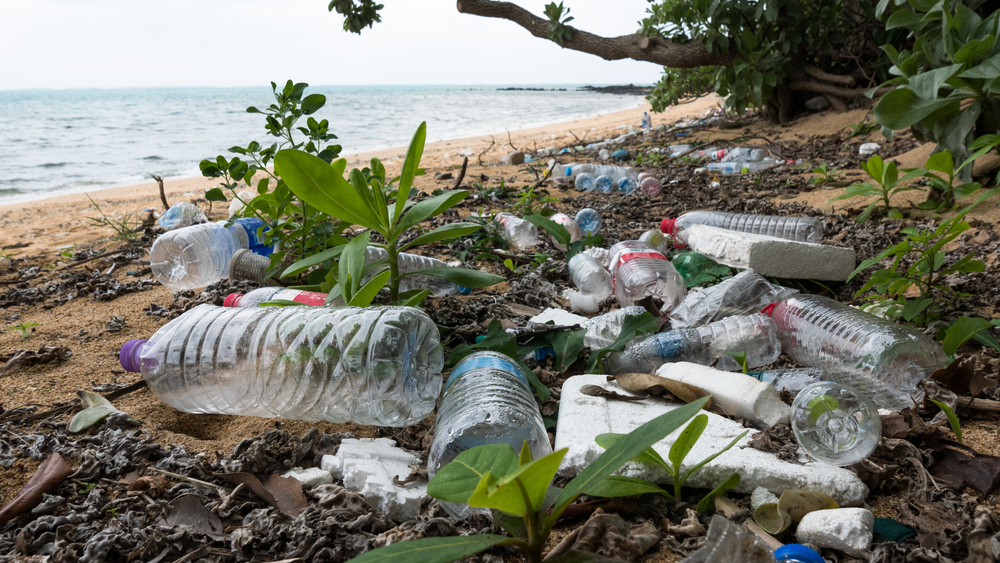
Marine litter and plastic pollution in Ishigaki, Okinawa (Source: Shutterstock)
Japan is Falling Behind
In Japan, however, sustainability has struggled to gain a foothold in the popular consciousness. Bridges attributes this to the “societal upheavals” around sustainable action, which kickstarted in the more activistic West, before slowly migrating eastward. “A sustainable way of living also requires changing our behavior; how we shop, how we work, how we eat has to change,” she says. “In Japan, I’m not quite sure we have gotten to that point yet.”
Bridges believes a demographic shift could change this mindset. Japan’s workforce continues to gray, paving the way for younger, perhaps more adaptable, individuals to assume positions of influence. Meanwhile the domestic customer base is shrinking year-on-year. According to the health ministry, for the first time on record fewer than 900,000 babies were born in Japan or to Japanese nationals in 2020. As a result, companies of the future must look abroad for profit or foreign capital.
To operate in this increasingly SDG-aware international market, Japan’s old operational models also need a shake-up. In spite of recent pledges to cut CO2 emissions, Japan remains a champion of coal and fossil fuels. This could make conducting business where carbon import taxes are involved – as the EU is currently considering – difficult, if not impossible.
At Read the Air, Bridges and Co. offer advice on how Japanese companies can adopt a truly sustainable method of operation in such a dynamic world. “When I started out on this journey, the initial intention was companies would do something on every SDG,” she says. “But business has a really difficult time doing lots of things at once… the [companies] that are mastering this are the ones that can identify which SDGs they can take action on most credibly and most effectively.”
So, What’s the Next Step?
In Leading Sustainably, a book Bridges co-wrote with her Read the Air co-founder, Donald Eubank, the authors outlined a five-step plan for achieving a sustainable business model. They now apply this tier-based system to Japanese companies. Tier one is gaining a basic understanding of the problem before trying to solve it. Tier three is the action phase, where a company might develop a sustainable product line, like biodegradable packaging. The final phase is a business model built entirely around principles of sustainability.
Most companies are around tier two or three, she says. Meaning they see sustainability, or lack thereof, is a problem and they are intent on doing something about it. In Japan, however, there remains a “chasm” between surface-level responses and a deeply imbedded worldview on the importance of sustainable business. Bridging that chasm is one of the major challenges for Japanese enterprises in the coming years.
But, says Bridges, “We don’t have time for companies to work this out.” Based on the Paris Agreement, the UN’s Agenda for Sustainable Development, and almost every nation’s pledge to drastically reduce greenhouse gas emissions, 2030 is our year of climate reckoning. While Bridges sees Japan’s heavy industries and trading companies (who tend to have their irons in various fires) facing the greatest challenges in hitting their targets, most businesses have yet to implement a holistic sustainable strategy.
In 2015 the UN set the SDG paradigm. Companies now must place reasonable yet ambitious 2030 targets that fit within that framework. “The opportunity is there to change something,” Bridges says. “But it has to be an all-hands-on effort across the business community if we are going to do this.”
Learn more about sustainability in Japan:
- Greenwashing in Japan
- TYPICA Brings Sustainable Coffee Practices to Japan
- Inside Kamikatsu’s Zero Waste Center in Tokushima
Trista Bridges photos by Ryoko Ogawa

